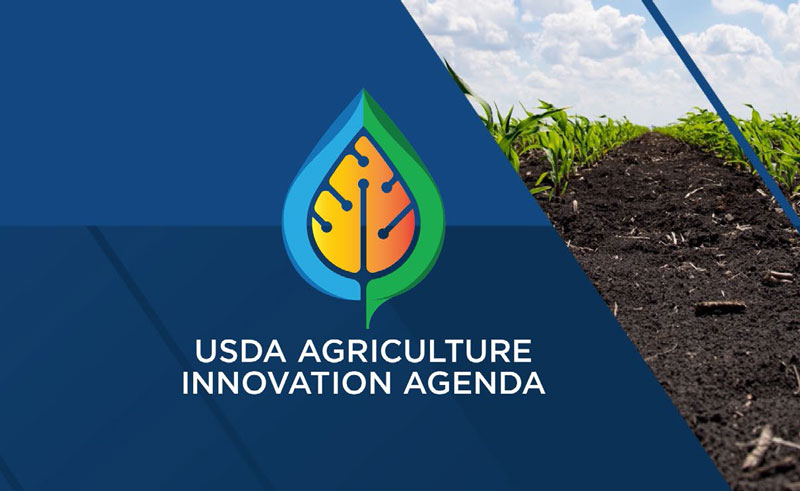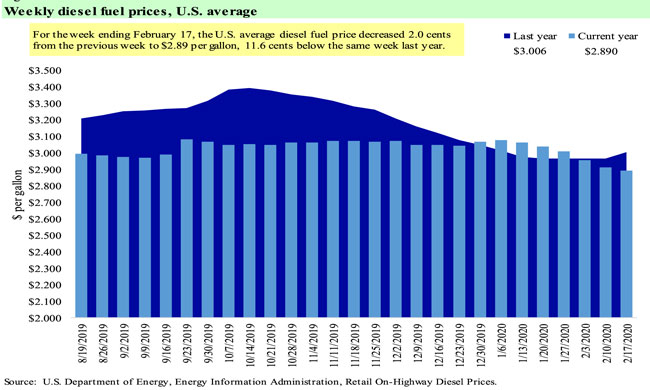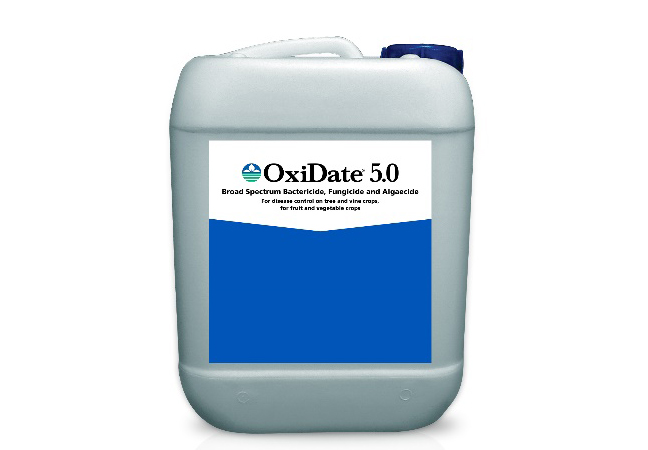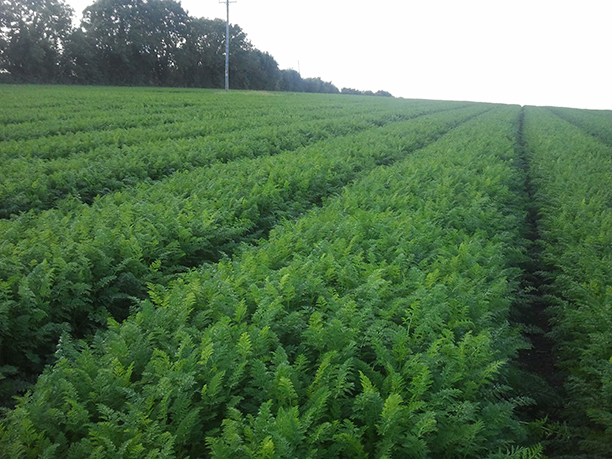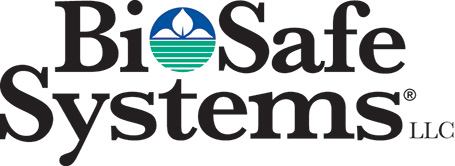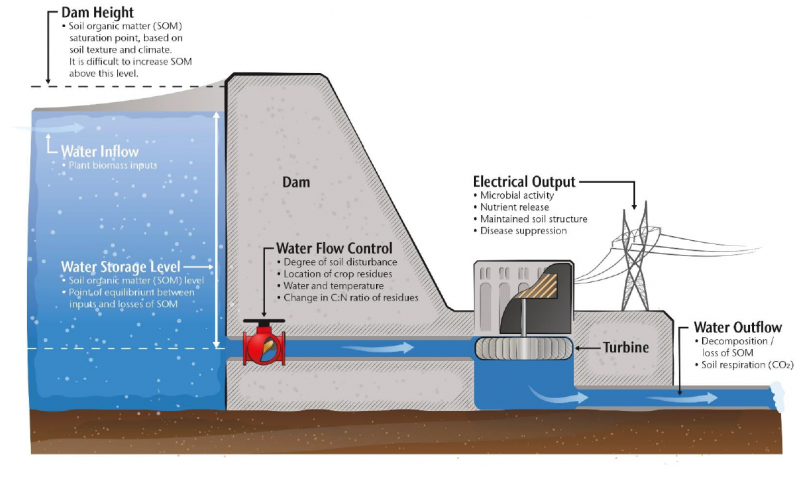At the start of USDA’s 2020 Agriculture Outlook Forum on February 20, Secretary of Agriculture Sonny Perdue announced the Agriculture Innovation Agenda, a department-wide initiative to align resources, programs, and research to position American agriculture to better meet future global demands.
Specifically, the U.S. Department of Agriculture (USDA) will stimulate innovation so that American agriculture can achieve the goal of increasing production by 40 percent while cutting the environmental footprint of U.S. agriculture in half by 2050.
“We know we have a challenge facing us: to meet future food, fiber, fuel, and feed demands with finite resources. USDA’s Agriculture Innovation Agenda is our opportunity define American agriculture’s role to feed everyone and do right as a key player in the solution to this challenge,” said Secretary Perdue. “This agenda is a strategic, department-wide effort to better align USDA’s resources, programs, and research to provide farmers with the tools they need to be successful. We are also continually mindful of the need for America’s agriculture industry to be environmentally, socially, and economically sustainable to maintain our position as a leader in the global effort to meet demand. We are committed as ever to the environmental sustainability and continued success, of America’s farmers, ranchers, foresters, and producers.”
Read more about the Agriculture Innovation Agenda here.
